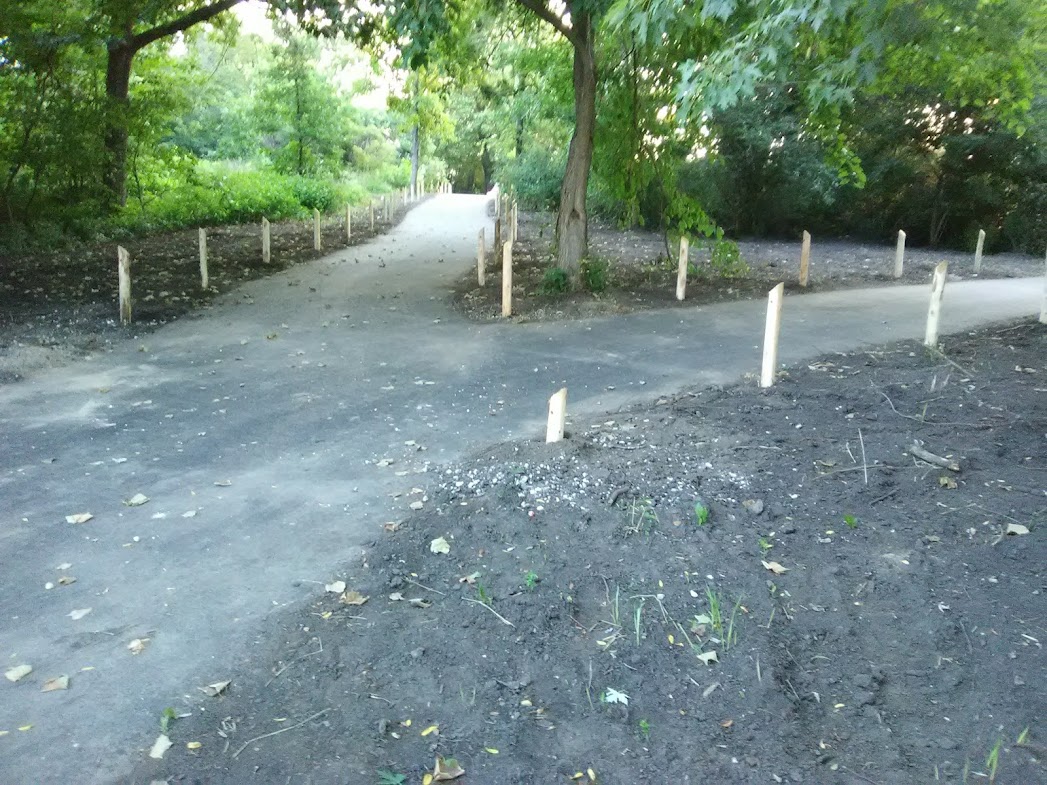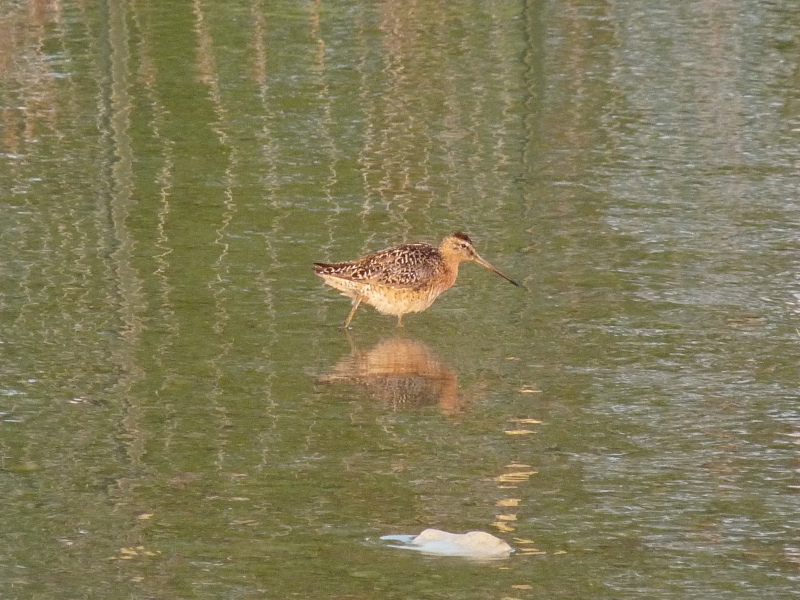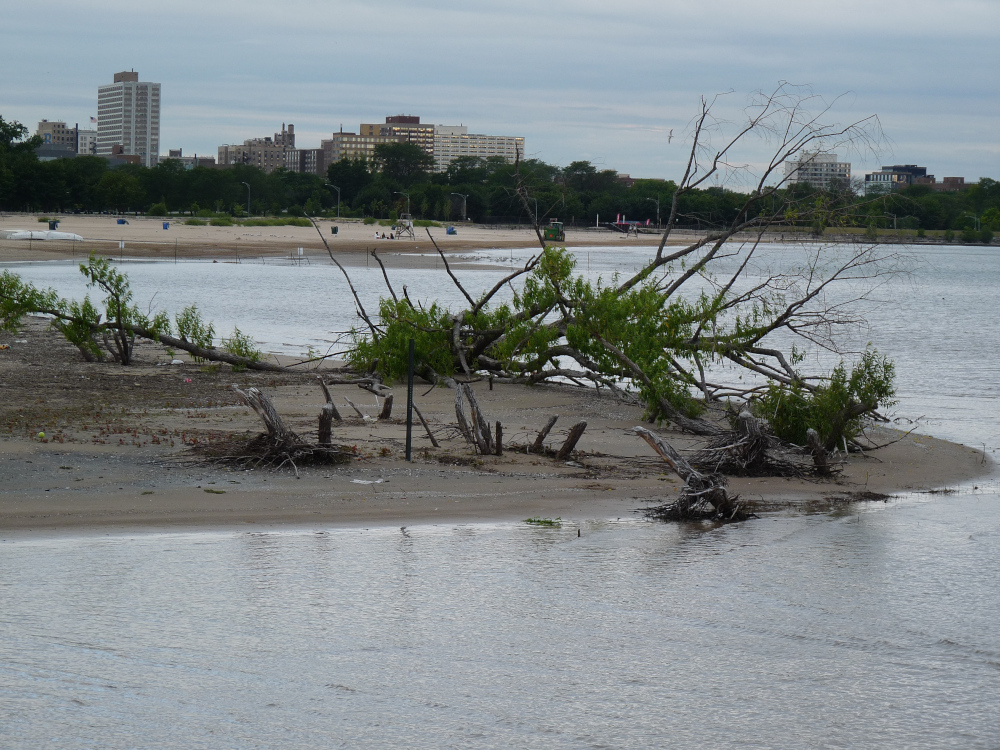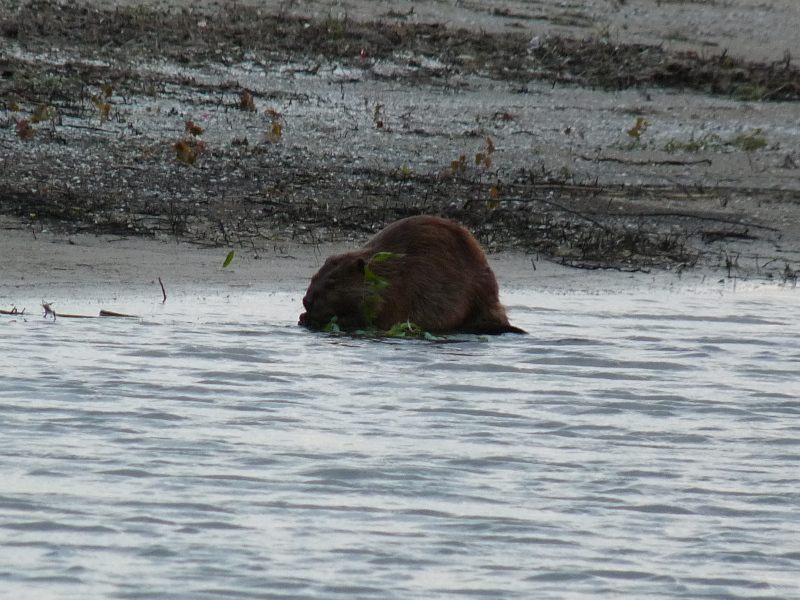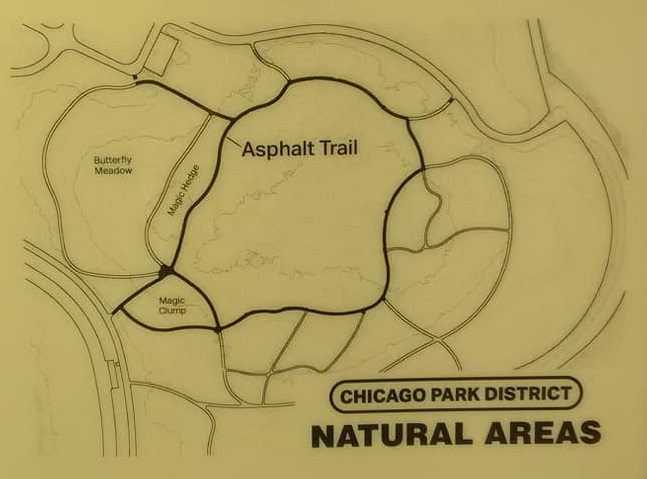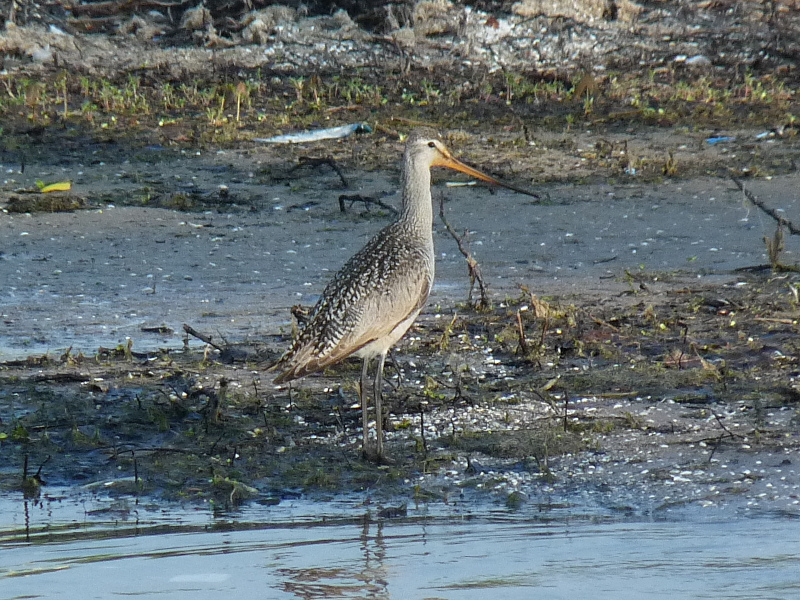Dunes Access
The Dunes are completely fenced off and inaccessible to protect the nesting Piping Plovers. You can bird the periphery of the Dunes and scan the beach from the fishing pier and east end of the public beach. We’ve also been seeing shorebirds along the inlet next to the fishing pier. Again, the pier is the best place to check the inlet and beach, especially in the morning as the sun will be behind you. In the afternoon and evening, the east end of the public beach is the best place to check the beach inside the protected area.
The Bird Sanctuary
The main parts of the bird sanctuary, including the Magic Hedge and peripheral plantings, are still closed due to construction of the paved walkway and will likely remain closed for the foreseeable future. You can walk around and bird the entire periphery but entering the sanctuary isn’t allowed.

